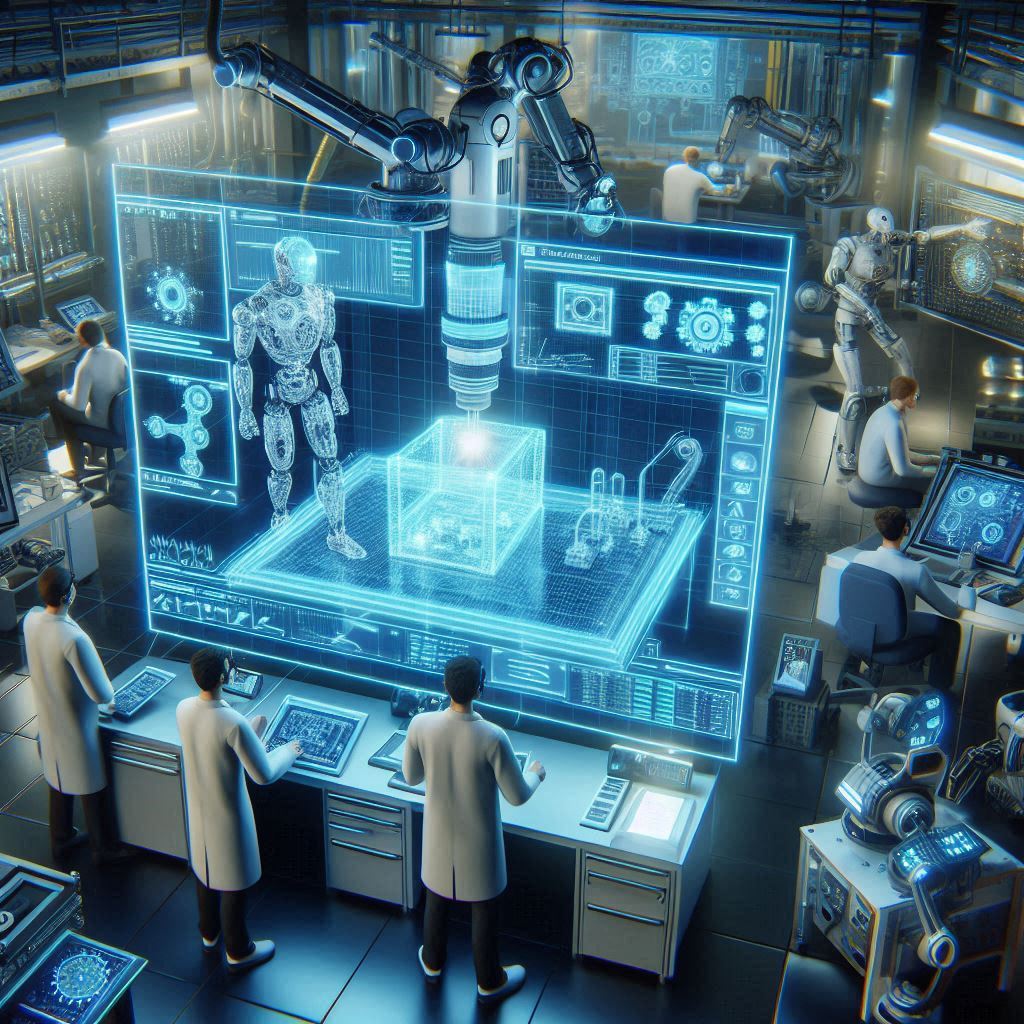The 3D metrology industry, which encompasses the measurement and analysis of physical objects in three-dimensional space, is on the cusp of significant transformation. As technology continues to evolve, so too do the applications and methodologies within this sector. Explores the future of 3D metrology, focusing on key innovations, emerging trends, and the implications for various industries.
The 3D metrology industry was estimated to be valued at USD 11.13 billion in 2024 and is projected to reach USD 15.01 billion by 2029; it is expected to register a CAGR of 6.2% during the forecast period. The growing need for increased production speed by electronics manufacturing services companies, high focus on quality control in the manufacturing sector, increased research and development (R&D) investments, rising use of 3D data for analysis and modeling in various industries are expected to boost the 3D metrology industry .
1. Advancements in Measurement Technology
Laser Scanning and 3D Imaging
Laser scanning technology is becoming increasingly sophisticated, providing high-resolution 3D data at unprecedented speeds. Future developments will likely enhance the accuracy and efficiency of these systems, making them indispensable in sectors like aerospace, automotive, and construction. 3D modeling, digital twin technology, and structured light scanning will also play a significant role in expanding the capabilities of metrology.
Integration of AI and Machine Learning
Artificial Intelligence (AI) and machine learning algorithms are beginning to revolutionize the way metrology is conducted. By analyzing vast amounts of data, these technologies can identify patterns and anomalies that may be overlooked by human operators. As AI continues to evolve, it will enable more predictive analytics, leading to proactive quality control measures and reducing downtime in manufacturing processes. Key topics include predictive maintenance, data analytics, and smart manufacturing.
2. Automation and Robotics
The integration of robotics into the 3D metrology workflow is expected to increase significantly. Automated measurement systems can enhance precision while reducing human error and operational costs. In the future, we can anticipate more flexible and adaptive robotic systems capable of performing complex measurements in various environments, further driving efficiency and productivity. Relevant themes include robotic process automation (RPA) and industrial automation.
3. Cloud-Based Solutions and Data Management
The rise of cloud computing is set to change the landscape of 3D metrology by facilitating the real-time sharing and analysis of data. Cloud-based metrology solutions will enable teams to access measurement data from anywhere, promoting collaboration and faster decision-making. Furthermore, the ability to leverage big data analytics will allow organizations to glean insights from their metrology processes, optimizing production and quality assurance. Related topics include data interoperability, data visualization, and remote monitoring.
Download PDF Brochure @
https://www.marketsandmarkets.com/pdfdownloadNew.asp?id=203080758

4. Enhanced Collaboration and Interoperability
As industries become more interconnected, the need for enhanced collaboration among stakeholders is crucial. Future 3D metrology systems will prioritize interoperability, allowing different measurement devices and software platforms to communicate seamlessly. This will streamline workflows and ensure that all parties have access to the most accurate and up-to-date information. Key concepts include industry 4.0, digital integration, and cross-platform compatibility.
5. Sustainability and Green Practices
Sustainability is becoming an increasingly important focus for industries worldwide, and the 3D metrology sector is no exception. Future innovations will likely prioritize environmentally friendly practices, such as reducing waste during the measurement process and utilizing sustainable materials in the production of metrology equipment. Additionally, more energy-efficient systems will contribute to the overall sustainability goals of organizations. Related discussions include green technology, life cycle assessment (LCA), and circular economy.
6. Education and Workforce Development
As the technology within the future of 3D metrology industry evolves, so too must the skill set of the workforce. Educational institutions and training programs will need to adapt to prepare individuals for careers in this field. Emphasis on STEM education, hands-on training with cutting-edge tools, and continuous professional development will be essential to cultivate a skilled workforce capable of navigating the complexities of modern metrology. Relevant topics include vocational training, skill development, and industry partnerships.
The future of 3D metrology industry is poised for remarkable growth and innovation. By embracing advancements in technology, automation, and data management, stakeholders can enhance measurement accuracy and efficiency while also promoting sustainability and collaboration. As industries continue to evolve, the role of 3D metrology will become increasingly critical in ensuring quality, compliance, and competitiveness in a rapidly changing market.
In navigating this future, organizations must remain agile, adaptable, and open to embracing new technologies and methodologies, ensuring they stay at the forefront of this dynamic field. Key future considerations include innovation adoption, competitive advantage, and industry trends.
The major players operating in the 3D metrology Companies include :
- Hexagon AB (Sweden),
- FARO Technologies, Inc. (US),
- Keyence Corporation (Japan),
- Jenoptik AG (Germany),
- Nikon Corporation (Japan),
- Mitutoyo Corporation (Japan),
- ZEISS Group (Germany),
- KLA Corporation (US),
- Perceptron, Inc. (US),
- Renishaw plc (UK),
- Creaform (Canada),
- Baker Hughes Company (US),
- CyberOptics Corporation (US),
- Trimble, Inc. (US),
- 3D Systems, Inc. (US),
- Automated Precision, Inc. (US), and
- Metrologic Group (France), among others.
